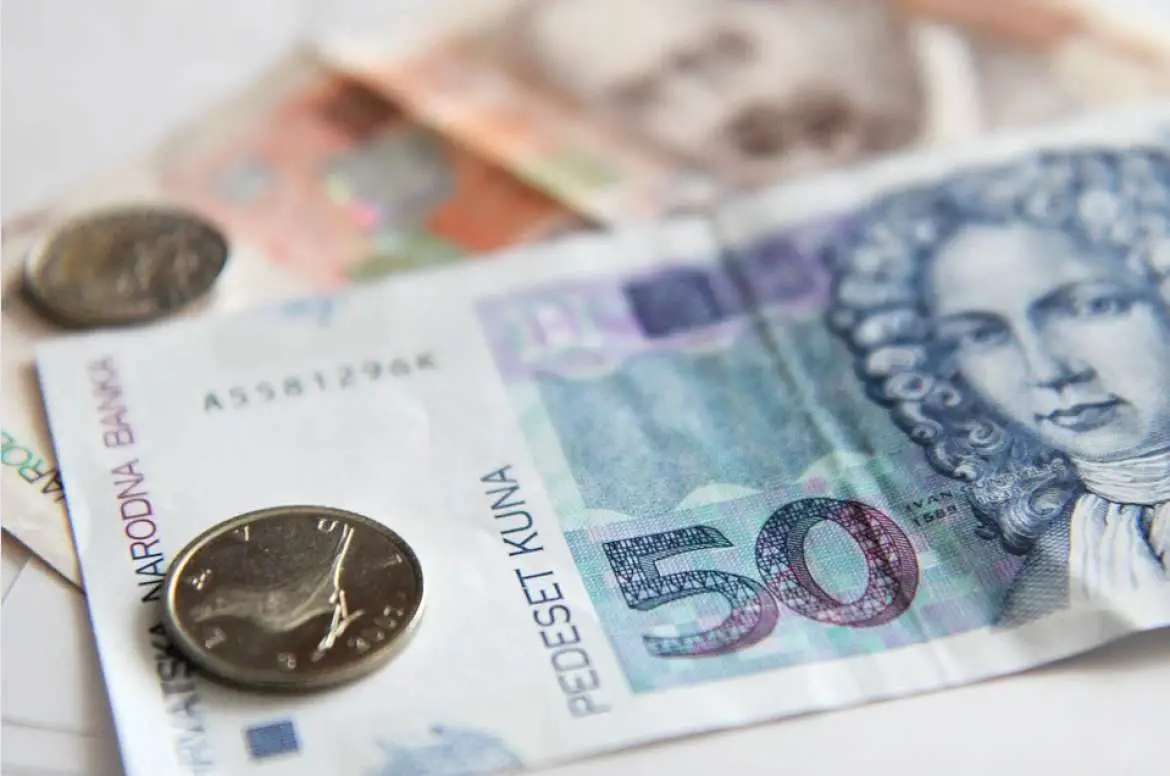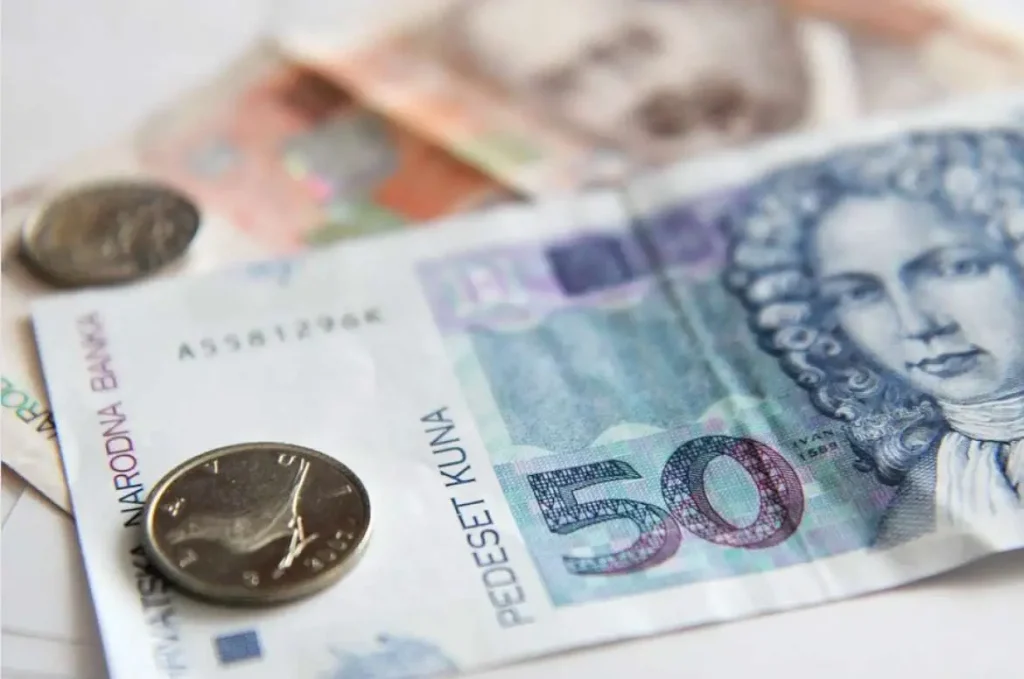
As Novac writes on the 12th of June, 2020, when panic broke out over the outbreak of the coronavirus pandemic, the Croatian Government and more specifically the Minister of Finance found themselves in the most difficult situation imaginable: an incalculable abyss opened up in the budget and in just a few days, the good fiscal results that had been worked on for years were quite simply kicked to the dust and erased by the consequences of the virus.
However, if we can even dare to begin talking about a V-shaped recovery at this moment in time, then the closest to it is fiscal policy. Minister Zdravko Maric first reported that revenues in May were about 50 percent lower than they were during the same month last year, which is an enormous and concerning drop, but it was still much smaller than what was originally expected – a drop of up to 70 percent was expected. Further improvement is expected in June. Then came the positive reports from various credit rating agencies, and finally, very successful borrowing on the international capital market began.
On Wednesday, the finance ministry issued two billion euros worth of bonds for a period of eleven years and an interest rate of 1.5 percent (a yield of 1,643 percent), which is “as much as 45 basis points lower than the initially announced price.”
The interest of the investment community, they say from the Ministry of Finance, “was exceptional”, about 400 investors came forward, including those who invest exclusively in investment credit rating bonds. Their demand was 8.45 billion euros, about 4.2 times the nominal amount of the issue.
Financial analyst Andrej Grubisic says that Minister Maric is just doing his job, and he expects nothing but good results from him because he has been in the Ministry of Finance for years “and belongs to the category of the best to have done that job”.
Although he doesn’t dispute his expertise and the results achieved by the Croatian Government, and once again with an emphasis precisely on Zdravko Maric, he points out that the circumstances also helped him out a little. This, above all, refers to the large inflow of money which results in low interest rates. However, it also carries a certain danger that a large amount of money in circulation will raise inflation.
The Ministry of Finance plans to use this borrowed money to refinance the 1.25 billion US dollar bond, which matures in mid-July this year and was issued back in 2010 at a price of 6.625 percent. This also means that the new indebtedness brings budget savings of around 360 million kuna for the Croatian Government. The remaining 750 million US dollars, according to the Treasury, “will be used to fund measures to help the economy affected by the coronavirus pandemic, as envisaged in the amendments to the state budget for this year.”
With the latest borrowing on the international market, the Ministry of Finance has largely solved this year’s financial needs of the budget, which, due to the coronavirus pandemic, increased from 30.5 billion kuna to a massive 63.4 billion kuna. With the budget revision back in May, the Croatian Government has significantly reduced expected budget revenues this year (by around fifteen per cent) and it expects a general government deficit of 6.8 percent of GDP, after last year’s surplus of 0.4 percent.
Agencies that have assessed Croatia’s creditworthiness in recent weeks expect that the situation could return to the much talked about Maastricht framework as soon as next year, with a budget deficit of 2.7 percent of GDP. As a positive aspect of the fiscal situation, Fitch states that the needs for the financing of the budget in the medium term are moderate, given that the extended maturity of bonds is close to six years, and it assesses that “debt management is prudent”.
An additional mitigating circumstance in the coming years should be favourable financing conditions and less need for borrowing on the market, as Croatia could become one of the biggest winners of the European aid programme, which regards around 10 billion euros in the period from 2021 to 2027, with 7.3 billion euros set aside for grants.
For more, follow our lifestyle page.









